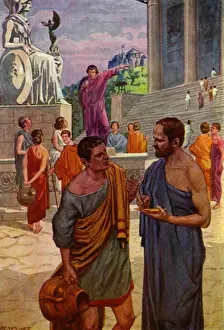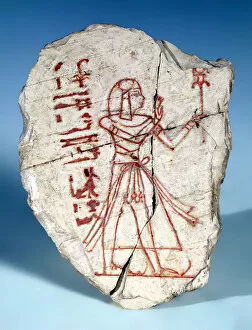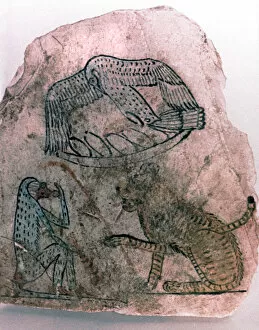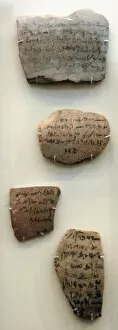Ostracon Collection
Discover the intriguing world of ancient Egyptian ostraca, these fragile shards of limestone or pottery served as canvas for the illiterate
All Professionally Made to Order for Quick Shipping
Discover the intriguing world of ancient Egyptian ostraca, these fragile shards of limestone or pottery served as canvas for the illiterate, who entrusted scribes like Aristides to inscribe their names as votes or record their daily lives. From the humorous sketches of quails and monkeys, to the epic tales of Sinuhe and the fierce battles between men, these precious artifacts offer a glimpse into the vibrant culture and daily life of the New Kingdom (c. 1295-c. 1186 BC). Witness the artistry and historical significance of these ancient treasures, including an ostracon depicting a cheetah, bird, and monkey, and the infamous Aristides Ostracised, a testament to the power of the written word.











